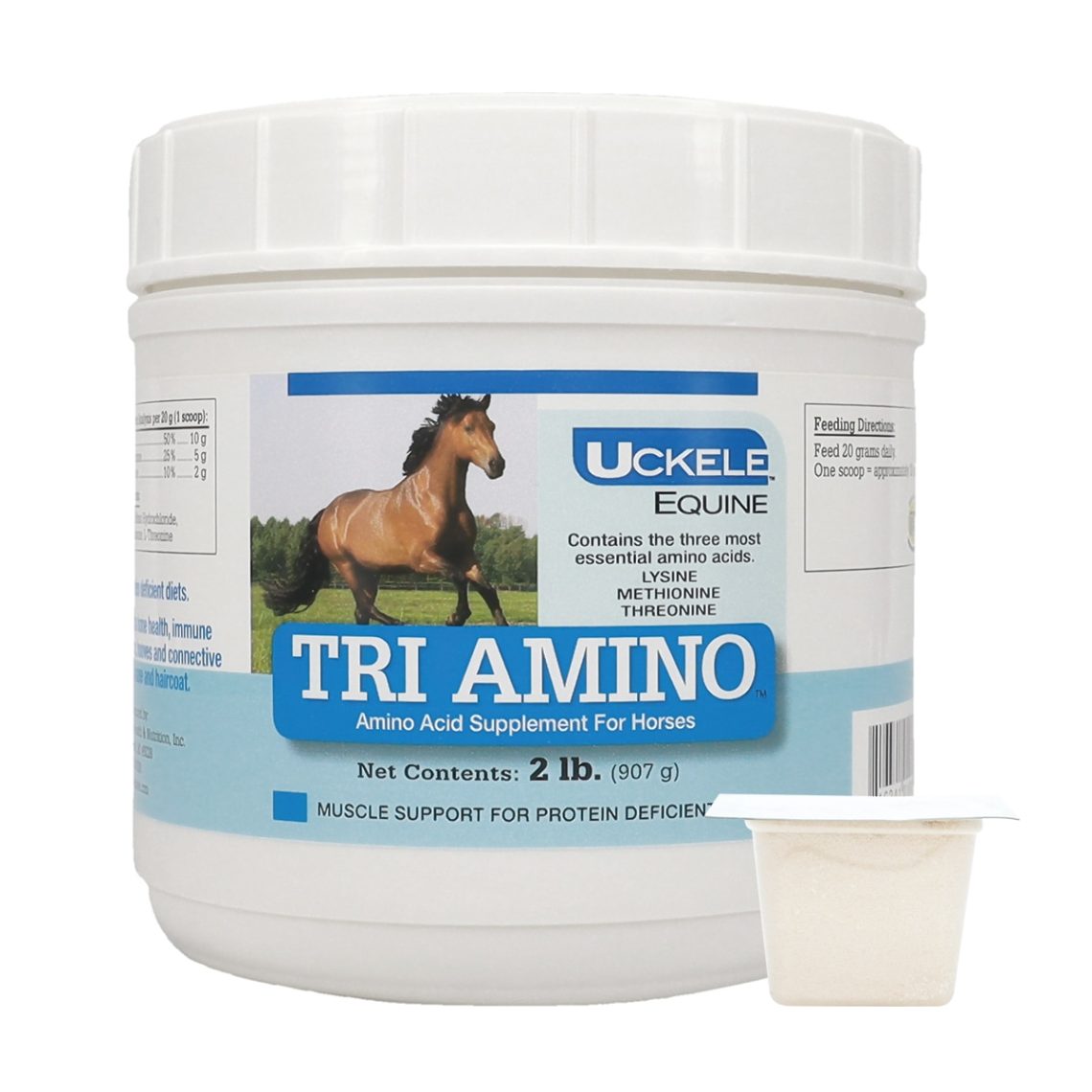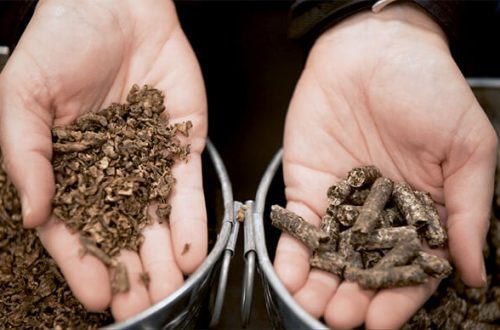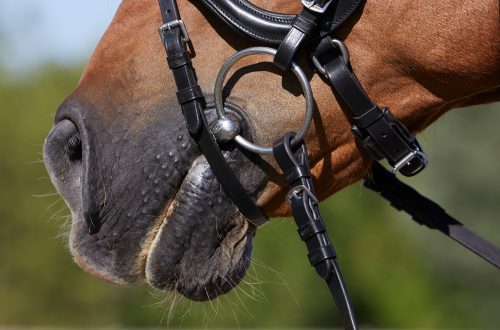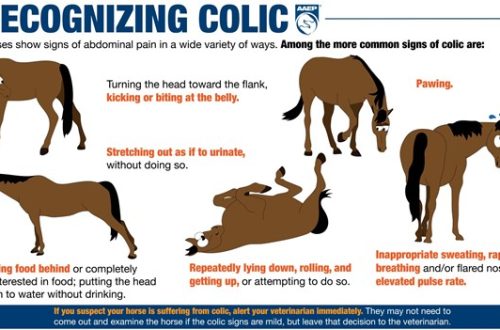
Three Essential Horse Diet Supplements
Three Essential Horse Diet Supplements
The most versatile supplement is, of course, salt, primarily due to sodium, which is extremely low in a standard horse diet. However, chlorine can also be contained in it in boundary quantities.
Wild horses in nature find and regularly visit places where salt deposits come to the surface. Bones can store an adequate supply of sodium, and in between forays into salt deposits, homeostatic mechanisms allow horses to maintain electrolyte balance. True, in nature, horses prefer, in general, to move at a leisurely pace and do not sweat much. However, they are also at risk of severe dehydration if something suddenly upsets the delicate balance.
The needs of horses for sodium and chlorine, as well as their losses through sweat, have long been calculated, so there are absolutely no contraindications to compensate them in a timely manner.
According to the general rule a non-working adult horse weighing 500 kg needs 25-30 grams of salt per day. For every hour of work to sweat, you need to add another 25-30 grams of salt. Very heavy and / or prolonged exercise, hot climate, profuse sweating further increase this rate. Adequate salt intake will help avoid dehydration, improve digestion and absorption of minerals, and maintain normal muscle and nerve function.
You should not always rely on a lick hanging in a stall! Pay attention to how long the horse licks it. If a two-kilogram lick remains lying down for more than two months, you should think about adding salt to the food, especially if there are suspicions that the horse is not drinking enough. You can add salt to the water, but then the horse must have a choice between clean and salted water.
If your horse is fully pastured, he is getting an adequate amount of essential polyunsaturated fatty acids Omega-3 and Omega-6. However, as soon as fresh grass becomes hay, omega acids disappear from it very, very quickly! The balance of omega-3 and omega-6 fatty acids in the herb is approximately 4:1. Unfortunately, in the standard horse diet there is practically no omega-3 acid, as well as in typical oils – sunflower and corn, omega-6 acid predominates. Meanwhile, Omega-3 helps to maintain the anti-inflammatory balance in the body and also affects the immune system in general, while Omega-6 has pro-inflammatory properties.
The optimal balance of Omega-3 and Omega-6 acids is found in flax seeds (and oil) and chia seeds. Outside the pasture, to fill the horse’s need for essential polyunsaturated fatty acids, it is reasonable to add 100-200 g of ground flax or chia seeds to the diet (they can not be ground, but chia is much more expensive than flax), or 30-60 grams of linseed oil. It is only necessary to take into account that omega acids disappear from the ground seed as quickly as from cut grass, so you need to grind flax immediately before feeding, and store the oil in a dark container and in the refrigerator, watching the expiration date.
The omega-3 metabolites eicosapentaenoic (EPA) and docosahexaenoic (DHA) fatty acids are abundant in fish oils, but fish is not a natural food for horses. In certain conditions, perhaps fish oil will play a better role than flax, but it still makes sense for the average horse to eat a more natural diet.
Vitamin E – Another substance found in large quantities in fresh grass and very quickly disappears from it after mowing. Current vitamin E guidelines suggest a minimum of 500 IU per day for a non-working adult horse weighing 500 kg, and this rate doubles when exercised, as well as for foals, nursing and growing horses. An increased dose of vitamin E is also recommended in the presence of any stress for the body – illness, injury, moving, etc.
A kilogram of fresh, freshly harvested hay contains from 30 to 100 IU of vitamin E. But already two or three months after cutting, this amount is reduced by 50-70%! Therefore, if at the end of summer the hay of a new crop, with some luck, is able to satisfy the need of a non-working horse for vitamin E, then, starting from autumn, it makes sense to add it to the diet in an amount of at least 500 – 1000 IU per day. It is also recommended to add an additional 1 IU of vitamin E for every ml of oil in the diet, because. Vitamin E protects fats from oxidation.
Unlike other fat-soluble vitamins (A, D, and K), vitamin E is not stored in the liver. Fat horses can store some vitamin E, but in principle the horse is dependent on a daily dietary intake of this vitamin. cannot develop it independently within itself and cannot store it for future use. At the same time, vitamin E, as one of the most important antioxidants, protects the integrity of every cell in the body and plays an important role in maintaining many of its functions – from reproductive to immune, to working capacity.
The synthetic form of vitamin E, dl-alpha-tocopherol, is mainly present on the market as top dressings and feed additives. All rules are based on it. With some diligence, you can also find the natural form of vitamin E – d-alpha-tocopherol. It is much more expensive than synthetic, but its activity is about twice as high, so you can reduce the dosage by half. You can also find a mixed form of natural vitamin E – a mixture of tocopherols and tocotrienols, but in this case you need to know how much alpha-tocopherol is in it, because. it is the most active form of vitamin E.
Of course, horses can also develop deficiencies in other nutrients, most often in copper, zinc, selenium, magnesium, protein, etc. However, they are more individual and should be calculated taking into account the composition of specific feeds and the condition of the horse.
Ekaterina Lomeiko (Sara).
Questions and comments regarding this article can be left in блоге the author.





